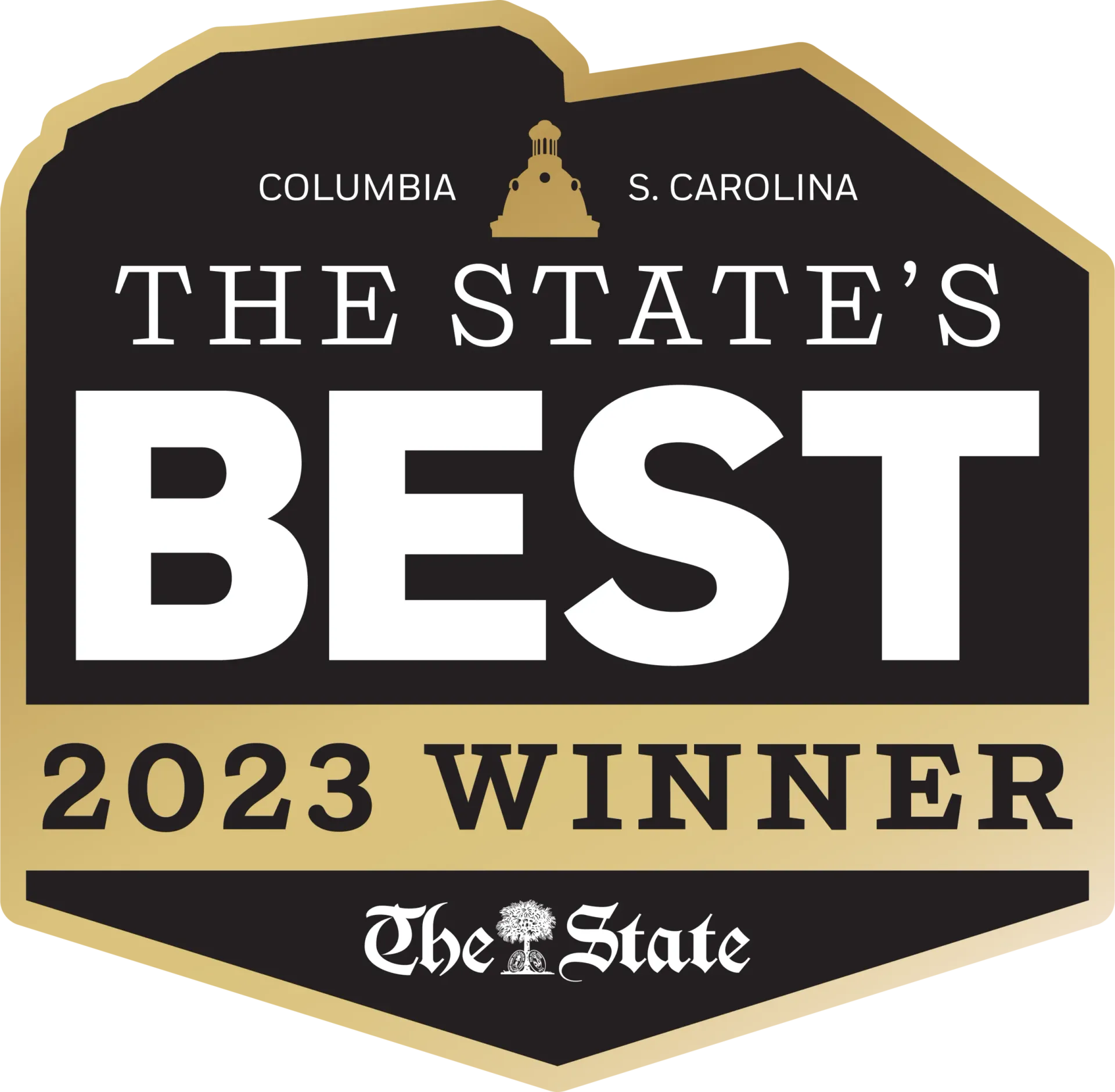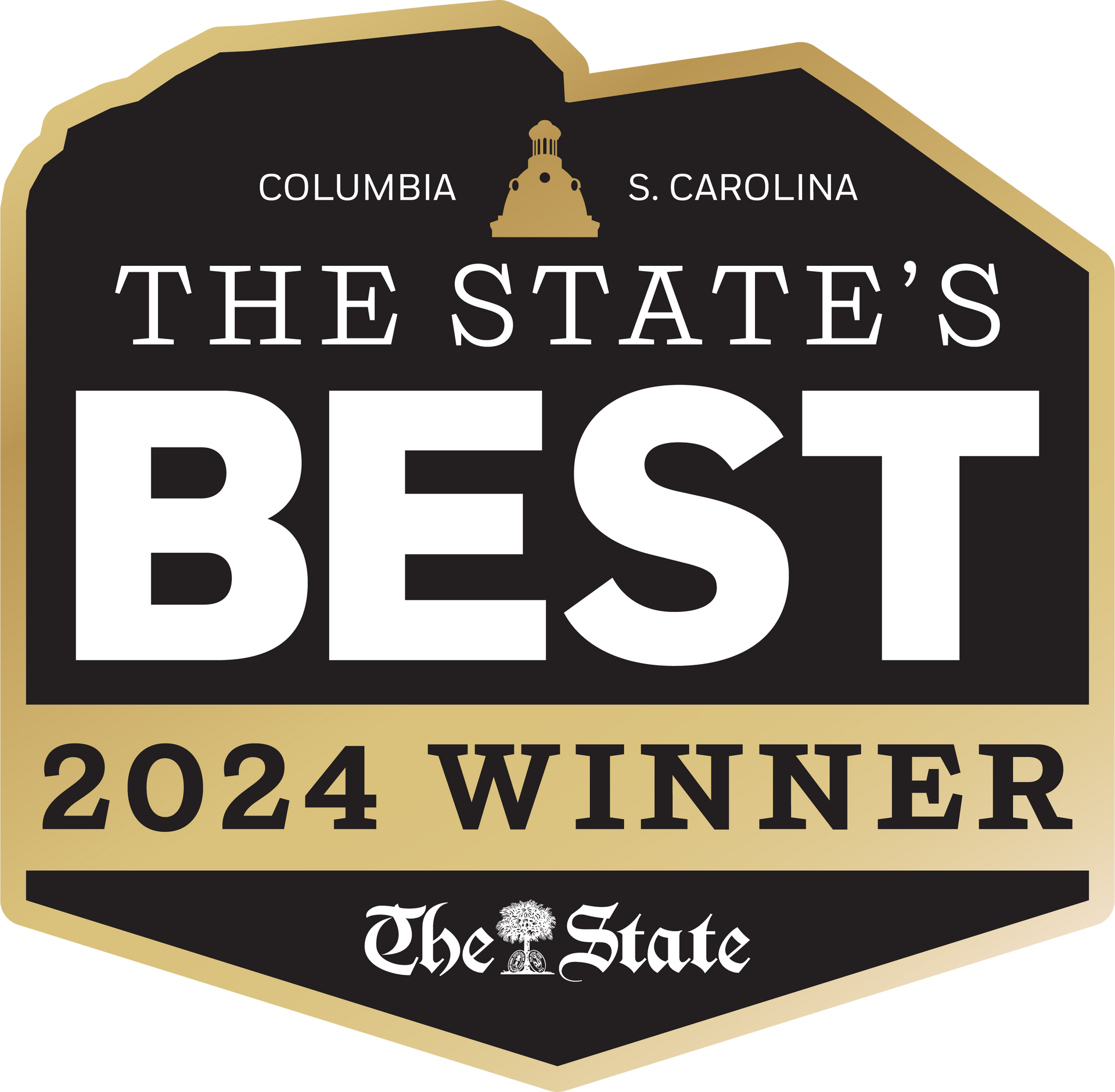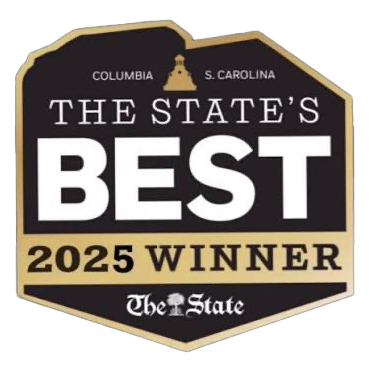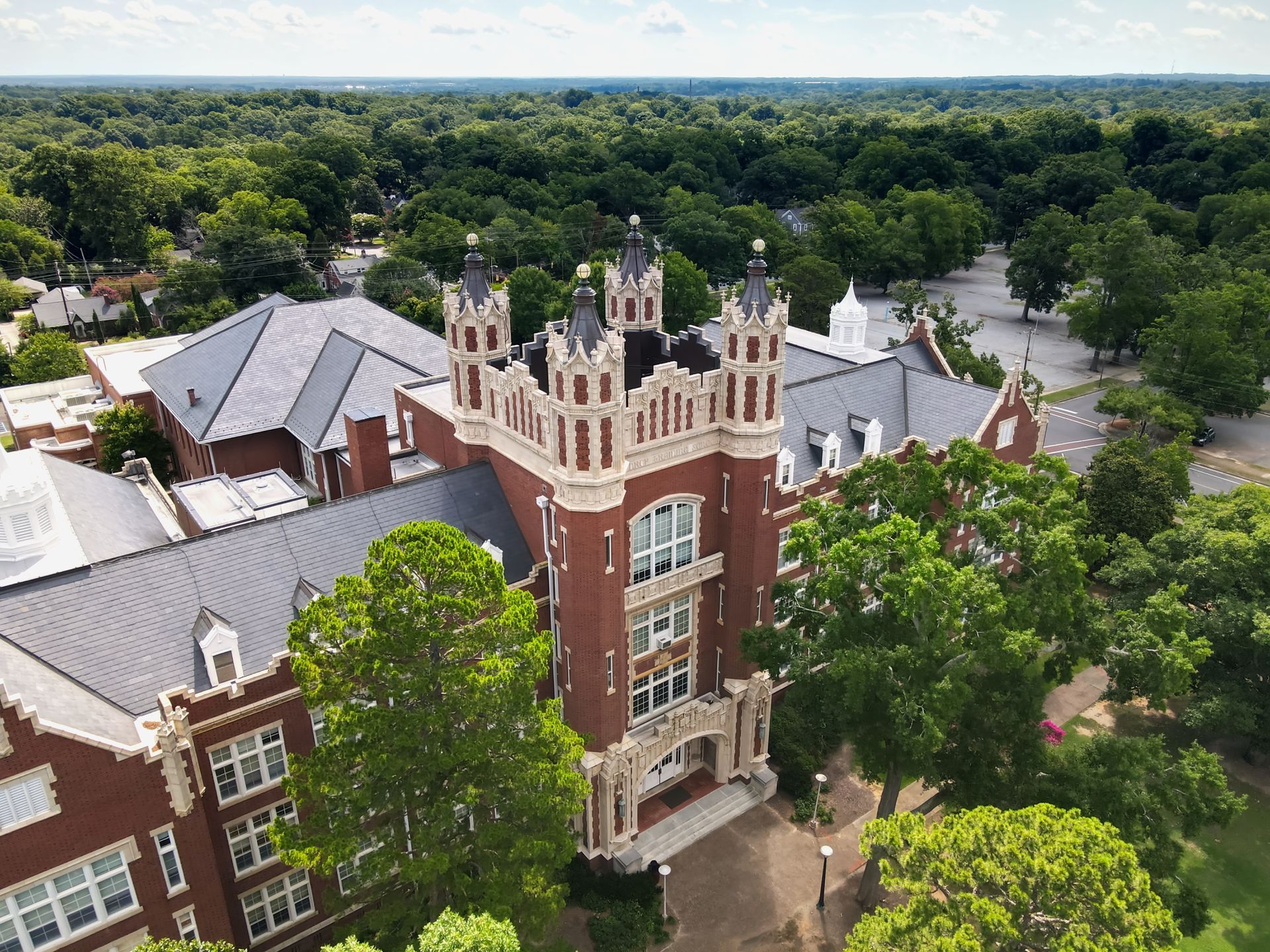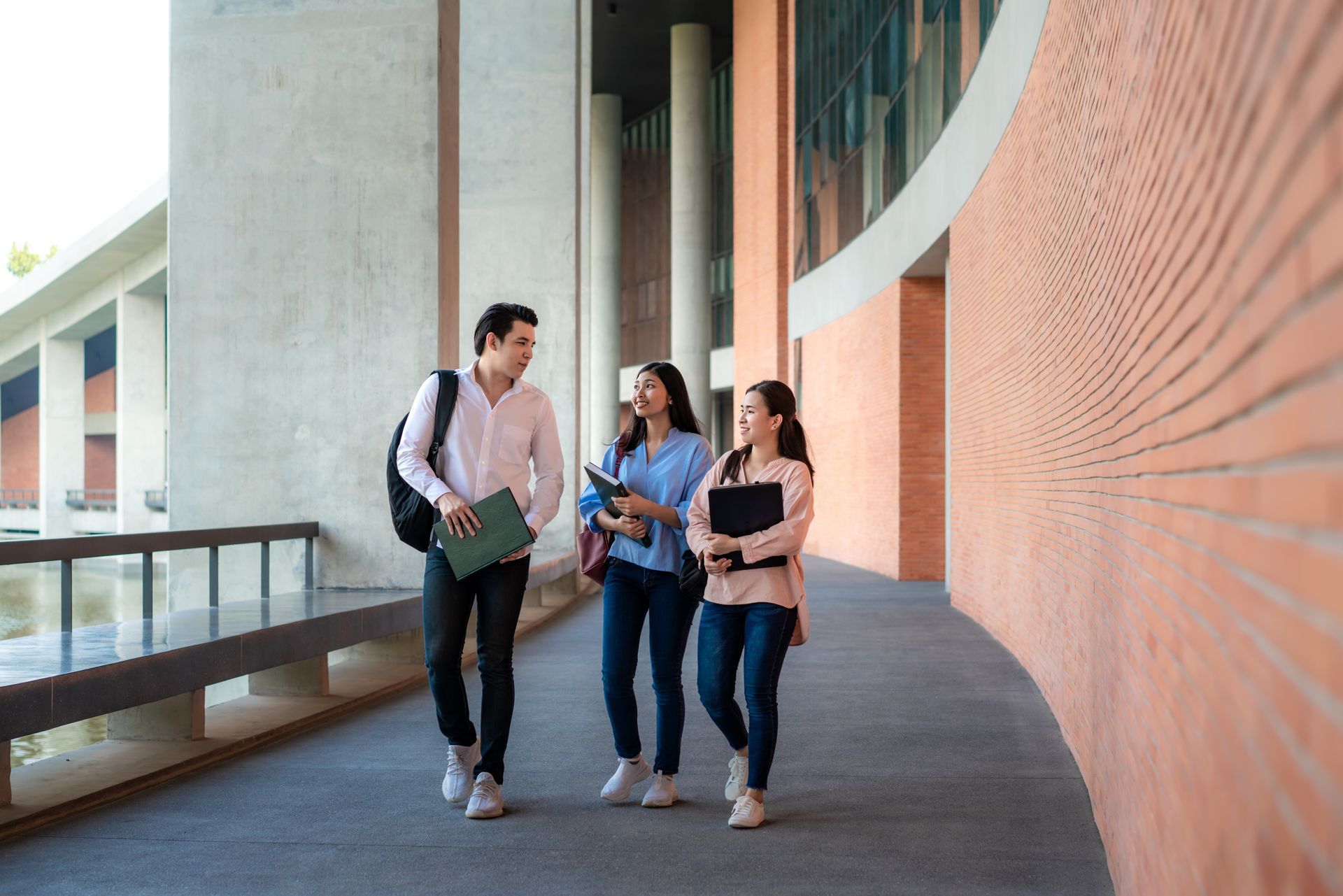Your Complete Guide to Visiting the University of South Carolina (USC)
Who is this for?
- Prospective students and families, alumni returning for a game or reunion, sports fans traveling for Gamecock events, and out-of-town guests seeking lodging near the university.
Jump to Section:
If you're planning a trip to Columbia, South Carolina, the University of South Carolina (USC) is a must-see destination. Whether for a campus tour, to see a Gamecock athletic event, or simply to experience a slice of college town energy, there are plenty of reasons to add USC to your itinerary. In this guide, we’ll walk you through everything you need to know to make the most of your USC visit.
Why the USC Campus Draws Visitors
History, Scale & Academic Prestige
The University of South Carolina was founded in 1801 as South Carolina College, evolving over more than two centuries into the flagship public research university of the state. Today, its Columbia campus is the largest in the University of South Carolina system. It holds an R1 Carnegie classification, indicating “very high research activity.”
The university is notable for its rich special collections. For instance, it hosts one of the largest collections of Robert Burns and Scottish literature outside Scotland and the world’s largest Ernest Hemingway collection.
Campus Character & Architecture
USC’s campus blends its historic core with modern additions. The heart of the original campus is the Old Campus District, also known as “the Horseshoe”, surrounded by classic academic buildings and landscaping, many of which are part of a designated historic district.
Meanwhile, newer residential, academic, and amenity buildings extend outward, creating a mix of old and new that’s both visually striking and functional for campus life. Part of what makes USC such a popular spot for photos is this layering of eras and styles.
Planning Your USC Visit
Campus Tours & Visitor Center
USC offers guided campus tours multiple times each weekday when classes are in session. Each tour lasts about two hours, starting with a 20-minute presentation on admissions followed by a guided walk by a student ambassador.
If your schedule doesn’t match tour times, self-guided tours are also an option. The Visitor Center can help arrange group visits, special interest tours, and local campus and city experiences.
Best Time to Visit
- Fall (late August–October) is ideal for combining campus tours and football games (if the season is running).
- Spring is also nice for outdoor walks and milder weather.
- Summer is busier with orientations and fewer classes, though you’ll have more flexibility.
- Winter? Try to avoid exam periods or major breaks, when tours may be limited and campus activity lulls.
Must-See Spots on Campus & Nearby
The Horseshoe & Old Campus District
This historic core is USC’s iconic image — a horseshoe shape of buildings and leafy quadrangles. It’s part of the Old Campus District, listed on the National Register of Historic Places. Walk through these classical brick and stone buildings, take photos, and soak in the university’s heritage.
Libraries, Museums & Campus Landmarks
- Thomas Cooper Library & South Caroliniana Library: major academic and archival resources.
- McKissick Museum: often houses exhibitions linking South Carolina history, art, and culture.
- World War Memorial Building: a notable on-campus landmark.
- Visitor Center/Admissions Hub: often features displays, exhibits, and helpful materials.
Arboretum & Green Spaces
USC is home to the
W. Gordon Belser Arboretum, a tranquil botanical garden that’s open periodically to the public. Strolling through the tree-lined quads, shaded walkways, and campus green spaces is a pleasure, especially in spring or fall.
USC Sporting Events & Game Day Experience
The Gamecocks & Their Leagues
USC’s athletic teams are known as the Gamecocks and feature 19 varsity sports. Most teams compete in the Southeastern Conference (SEC), while men’s soccer competes in the Sun Belt Conference (because the SEC doesn’t sponsor men’s soccer).
Major Venues
- Catch a game at the Williams-Brice Stadium football stadium.
- Colonial Life Arena is a basketball and multipurpose arena. It seats nearly 18,000 people for basketball and is among the largest campus arenas in the state.
- The Eugene E. Stone III Stadium (nicknamed “The Graveyard”) is a soccer stadium, seating about 5,000.
How to Get Tickets & Gameday Tips
- Check Gamecock Online and USC Athletics for schedules, ticket packages, and single-game availability.
- Arrive early on game day — getting through traffic, parking, and security can take time.
- Tailgating is a big part of football culture; fans often show up hours before kickoff.
- Familiarize yourself with gate policies (bags, prohibited items, etc.).
- For big non-conference or rivalry games, tickets tend to move fast.
- For “Know Before You Go” guides (for example, vs. Kentucky in 2025), USC publishes logistics like kickoff times, schedules of events, and fan tips.
Rivalries & Traditions
One of USC’s most notable rivalries is with
Clemson University, and their matchups are part of a broader Palmetto Series involving many head-to-head sports.
These rivalry events bring higher intensity, more alumni presence, and often special traditions on campus and in the city.
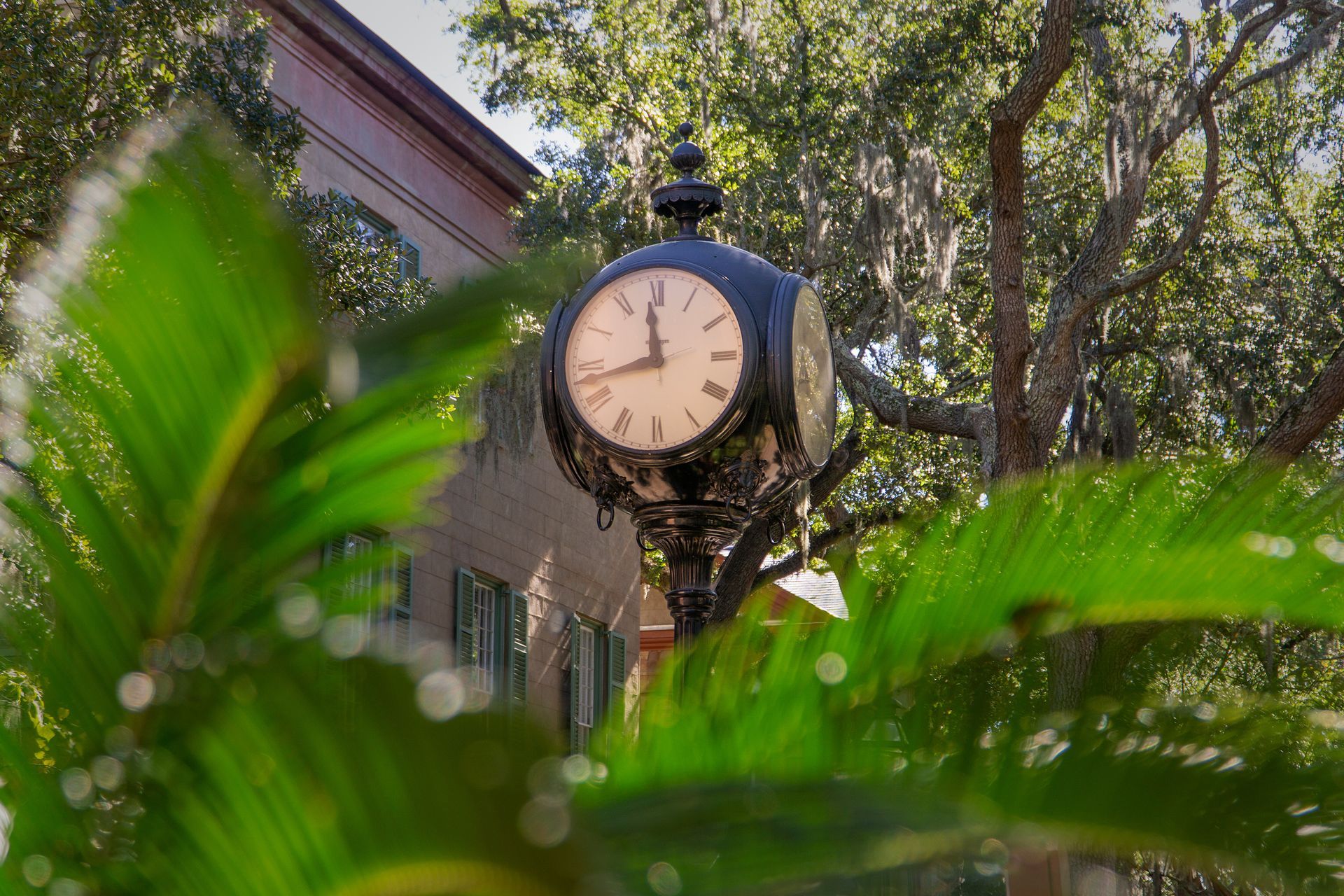
Things to Do Around USC & Columbia
While your focus may be USC, you’ll want to soak in Columbia too. Here are ideas:
Museums, Galleries & Culture
- South Carolina State Museum
- Columbia Museum of Art
- McKissick Museum on USC grounds
- Rotating exhibits, lectures, and campus arts events
- Historic Columbia walking tours
Parks, Trails & Outdoor Activities
- Congaree National Park (within reach if you have more time)
- Riverwalk trails along the Congaree & Broad Rivers
- City parks and greenways
- Lake Murray (boating, fishing, scenic views)
Day Trips & Seasonal Events
- Festivals, farmers' markets, seasonal fairs
- Local arts and music events
- Shopping districts & boutiques
- University events open to the public (lectures, performances, exhibits) — check USC’s
events calendar
Why Stay at Chesnut Cottage for Your USC Visit
One of the best places to stay near USC Columbia is Chesnut Cottage. Once the home of a Civil War general, our historic building has been lovingly updated to modern standards while maintaining the classic look and feel of an early American home. When you choose to stay at Chesnut Cottage, you enjoy:
- Location & Convenience: You’re situated near campus, making your commute short and easy. You’ll avoid the crowds of hotels further away while still being within reach of campus and city highlights.
- Amenities & Guest Experience: Chesnut Cottage can emphasize what makes it special: cozy charm, quiet comfort after busy days, delicious breakfasts, and a welcoming atmosphere.
Suggested Itineraries
One-Day Visit
- Morning: campus tour, walk the Horseshoe, visit library & museum
- Lunch near campus
- Afternoon: explore local neighborhoods / Columbia museum
- Evening: dinner + campus evening walk
Weekend with a Game Day
- Day 1: arrival, campus walk, dinner nearby
- Day 2: morning campus tour, lunch, tailgate + game (football or basketball)
- Day 3: optional cultural or outdoor activity before departure
Evening / Leisure Extensions
- Attend a performance or lecture at USC
- Sunset walks along Riverwalk
- Nighttime city strolls, dessert or café stops
Final Thoughts
Visiting the University of South Carolina is about more than just seeing buildings — it’s feeling the energy, understanding the traditions, and connecting with student life. At Chesnut Cottage, we’re honored to host visitors on their USC journey and help you make the most of every moment.
Book your stay today and let Chesnut Cottage be your home base while you explore USC and all that Columbia has to offer.
